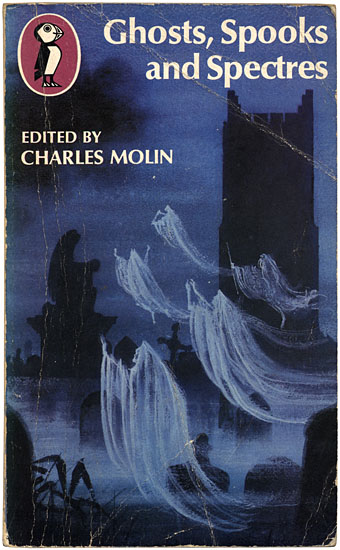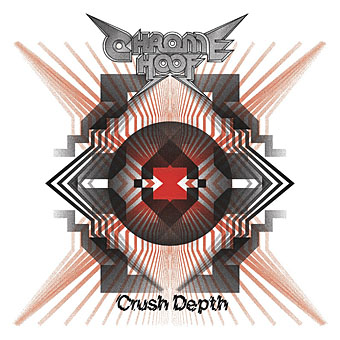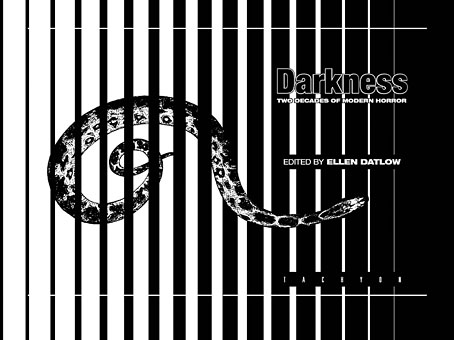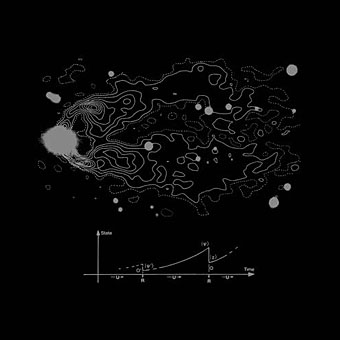
Cover design by Philip Gough.
Ghosts, Spooks and Spectres (1972 reprint). Editor Charles Molin collected nineteen ghost stories by writers including Oscar Wilde (The Canterville Ghost), Charles Dickens (The Signal-Man), J. Sheridan Le Fanu (Madame Crowl’s Ghost) and HG Wells (The Inexperienced Ghost). This was one of my favourite books when I was ten-years old. There’s nuffin like a Puffin. Puffin Books’ parent company, Penguin, is 75 this year.
• The good people at the Outer Alliance have posted an interview with me here in which I talk about the subversive sexualities of sf in the 1970s and also admit to writing fiction.
• There’s just time to mention It Came From Pebble Mill, an event which includes another screening of David Rudkin’s Penda’s Fen.
• “In our society, there has tended to be a very strong compartmentalization of different experiences, different cultural forms, different genres. We can talk in a very broad sense and say art is separate from science, for example, or body is separate from mind, or we can talk in a specific sense and say one certain form of dance music is separate from one form of, say, heavy metal. I don’t really buy those compartmentalizations. I understand why they exist, how they’ve come into being and why they’re convenient, but it’s not the way I think, it’s not the way I experience the world, it’s not the way I believe things should be.” From an interview by Colin Marshall with David Toop at 3QD. Toop’s latest book is Sinister Resonance: The Mediumship of the Listener.
• The Kingdom of the Pearl by Léonard Rosenthal, illustrated by Edmund Dulac.
• Ghost Stations by Dollboy, a CD package. And then there’s the Ghostly Bento.
• 7 Inch Cinema are Birmingham-based cultural historians.
• Mark Pilkington’s Mirage Men now has its own site.
• Borges on Pleasure Island: JLB and his love of RLS.
• RIP Arne Nordheim, Norwegian composer.
• Charlie Visnic’s Modular Ghost Synth.
• On the trail of Tutankhamen’s penis.
• Ghosts by Japan | Spooky Rhodes by Laika | Purple Dusk by Spectre.








